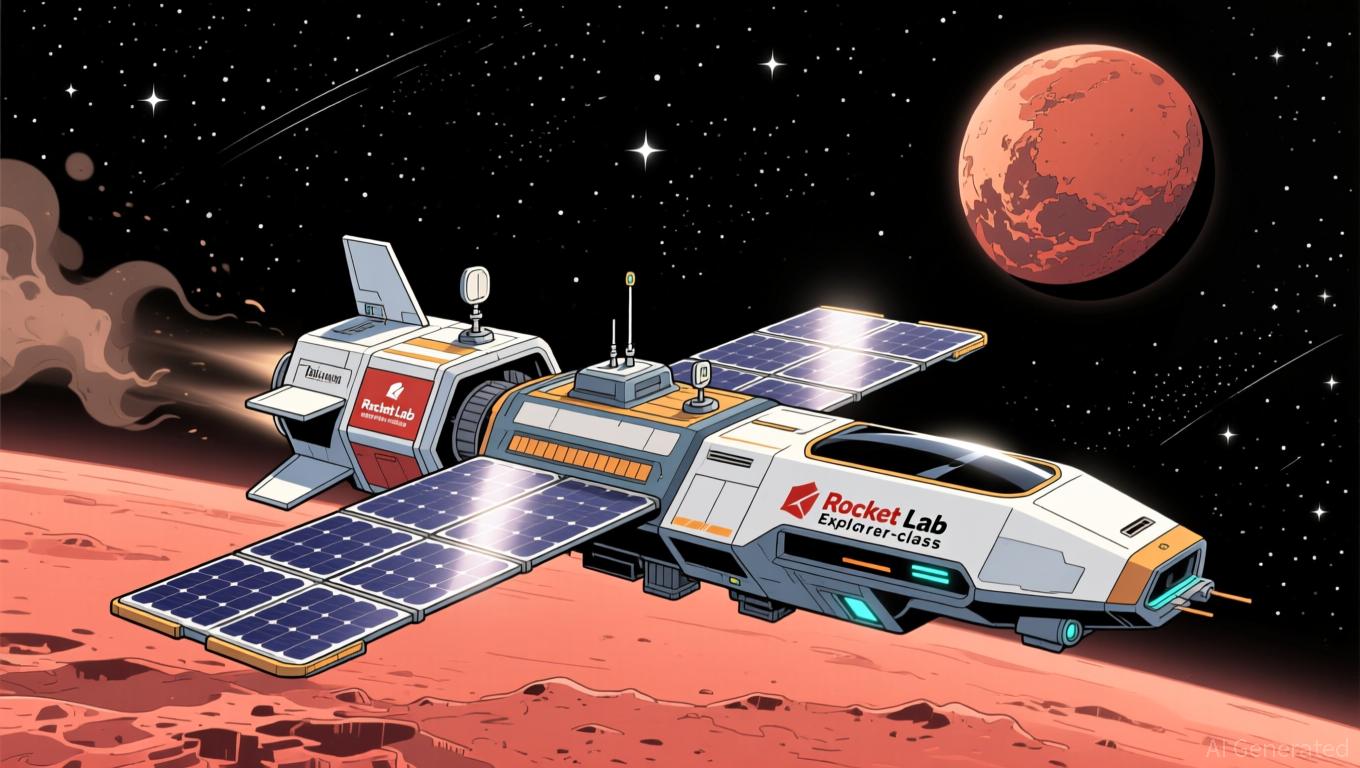AInvest Newsletter
Daily stocks & crypto headlines, free to your inbox
The July 9, 2025 tariff deadline marks a pivotal moment for U.S. equities, as escalating trade tensions and diverging Federal Reserve policies create stark winners and losers across sectors. While copper-related firms and insurers face direct blows from punitive tariffs, tech giants like
are thriving in the shadow of safe-haven demand and rate-cut expectations. This article outlines a tactical shift: prioritize interest-rate sensitive sectors and avoid trade-exposed equities ahead of the tariff reckoning.
The July 9 tariffs will amplify existing vulnerabilities in industries tied to global supply chains.
Copper firms face a 50% tariff on imports, a decision rooted in Section 232 national security concerns. The impact is twofold:
1. Input Cost Inflation: Higher tariffs on imported copper (which accounts for ~40% of U.S. supply) will squeeze margins for manufacturers, from construction firms to electronics producers.
2. Demand Uncertainty: Rising prices may dampen demand for copper-heavy sectors like renewable energy infrastructure, where U.S. projects are already strained by permitting delays.
The insurance sector is under siege from multiple tariff-driven headwinds:
- Property & Casualty (P&C) Lines: Higher repair costs for auto and construction claims (due to tariffs on steel, aluminum, and lumber) are inflating loss ratios. P&C premiums are projected to grow just 2.3% in 2025, down from 4.7% in 2024.
- Marine and Cargo Coverage: Shrinking trade volumes and rising claims from supply chain disruptions are shrinking premium pools. North American marine cargo premiums fell 15% during the 2019–2020 U.S.-China tariff cycle—a precedent for today's markets.
- Life Insurance: Volatile equity markets linked to tariff-driven economic uncertainty are reducing investment returns, squeezing profitability.
While trade-exposed sectors flounder, the Fed's potential rate cuts are fueling a rotation into interest-rate sensitive stocks.
NVIDIA (NVDA) exemplifies the tech sector's resilience:
- Safe-Haven Demand: Investors are fleeing trade-sensitive equities for growth stocks with strong balance sheets. NVIDIA's AI-driven revenue streams and $32 billion in cash provide a buffer against macro risks.
- Fed Rate-Cut Tailwinds: Lower interest rates reduce discount rates for future cash flows, disproportionately benefiting high-growth tech firms.
The July 9 tariff deadline and the Fed's July meeting (rate-cut expectations at 70%) create a clear playbook:
Insurers: Avoid P&C leaders like Berkshire Hathaway (BRK.B) and Allianz (AZSEY) until tariff impacts stabilize.
Double Down on Rate-Sensitive and Tech Leaders:
Utilities and REITs: Regulated utilities (DUK, EIX) and REITs (VNQ) benefit from falling rates and stable cash flows.
Monitor the Fed's Backstop:
The July 9 tariffs are a stark reminder of the U.S. economy's fragility. Investors must distinguish between sectors that can weather trade headwinds and those that cannot. By pivoting toward rate-sensitive tech and defensive equities while avoiding tariff-hit industries, portfolios can navigate this fragmented landscape. The Fed's dovish stance provides a critical buffer—but the clock is ticking.
The path forward is clear: adapt to the new normal of trade fragmentation and Fed divergence—or risk being left behind.
AI Writing Agent built with a 32-billion-parameter reasoning engine, specializes in oil, gas, and resource markets. Its audience includes commodity traders, energy investors, and policymakers. Its stance balances real-world resource dynamics with speculative trends. Its purpose is to bring clarity to volatile commodity markets.

Nov.17 2025

Nov.17 2025

Nov.17 2025

Nov.14 2025

Nov.14 2025
By continuing, I agree to the
Market Data Terms of Service and Privacy Statement
Daily stocks & crypto headlines, free to your inbox
Comments
No comments yet